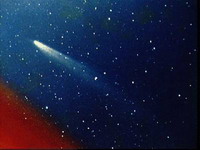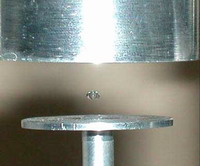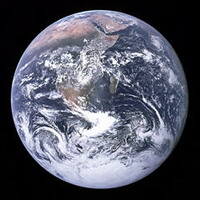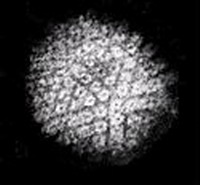Login form
Science
Comet
 Comets have fascinated mankind since humans first noticed the distinctive tail streaking across the night sky. We mark the date that we saw a comet that comes around only once a century or even once in four centuries and we remember the sight for the rest of our lives. Astronomers find comets fascinating, too. Comets are remarkable pieces of our universe's past, and they tell us a great deal about how the universe was formed.
Comets have fascinated mankind since humans first noticed the distinctive tail streaking across the night sky. We mark the date that we saw a comet that comes around only once a century or even once in four centuries and we remember the sight for the rest of our lives. Astronomers find comets fascinating, too. Comets are remarkable pieces of our universe's past, and they tell us a great deal about how the universe was formed.
What is a Comet?
Comets are small members of the solar system, usually a few miles or kilometers in diameter. They have been described as "dirty snowballs" by astronomer Fred Whipple and are thought to be made of:
Diamond

On your next trip to the local shopping mall, stop by one of the jewelry stores. Notice the diamond jewelry that takes up the majority of the showcase and the number of people hovering over the counters trying to pick out diamonds for their loved ones. There will surely be a salesperson explaining the "4 Cs" -- cut, clarity, carat and color -- to a young shopper, and explaining why one diamond is better than the one right next to it. Why all the fuss over diamonds?
Acoustic Levitation

Unless you travel into the vacuum of space, sound is all around you every day. But most of the time, you probably don't think of it as a physical presence. You hear sounds; you don't touch them. The only exceptions may be loud nightclubs, cars with window-rattling speakers and ultrasound machines that pulverize kidney stones. But even then, you most likely don't think of what you feel as sound itself, but as the vibrations that sound creates in other objects. The idea that something so intangible can lift objects can seem unbelievable, but it's a real phenomenon. Acoustic levitation takes advantage of the properties of sound to cause solids, liquids and heavy gases to float. The process can take place in normal or reduced gravity. In other words, sound can levitate objects on Earth or in gas-filled enclosures in space.
The earth
 Earth is the third planet from the Sun and is the largest of the terrestrial planets in the Solar System in diameter, mass and density.
Earth is the third planet from the Sun and is the largest of the terrestrial planets in the Solar System in diameter, mass and density.
Home to millions of species,including humans, Earth is the only place in the universe where life is known to exist. Scientific evidence indicates that the planet formed 4.54 billion years ago, and life appeared on its surface within a billion years. Since then, Earth's biosphere has significantly altered the atmosphere and other abiotic conditions on the planet, enabling the proliferation of aerobic organisms as well as the formation of the ozone layer which, together with Earth's magnetic field, blocks harmful radiation, permitting life on land.
Virus – Are they Organism?
 A virus is a sub-microscopic infectious agent that is unable to grow or reproduce outside a host cell. Each viral particle, or virion, consists of genetic material, DNA or RNA, within a protective protein coat called a capsid. The capsid shape varies from simple helical and icosahedral forms, to more complex structures with tails or an envelope. Viruses infect all cellular life forms and are grouped into animal, plant and bacterial types, according to the type of host infected.
A virus is a sub-microscopic infectious agent that is unable to grow or reproduce outside a host cell. Each viral particle, or virion, consists of genetic material, DNA or RNA, within a protective protein coat called a capsid. The capsid shape varies from simple helical and icosahedral forms, to more complex structures with tails or an envelope. Viruses infect all cellular life forms and are grouped into animal, plant and bacterial types, according to the type of host infected.
Examples of common human diseases caused by viruses include the common cold, influenza, chickenpox, diarrhea and cold sores. Serious diseases such as Ebola, AIDS, avian influenza and SARS are caused by viruses. The relative ability of viruses to cause disease is described in terms of virulence.
